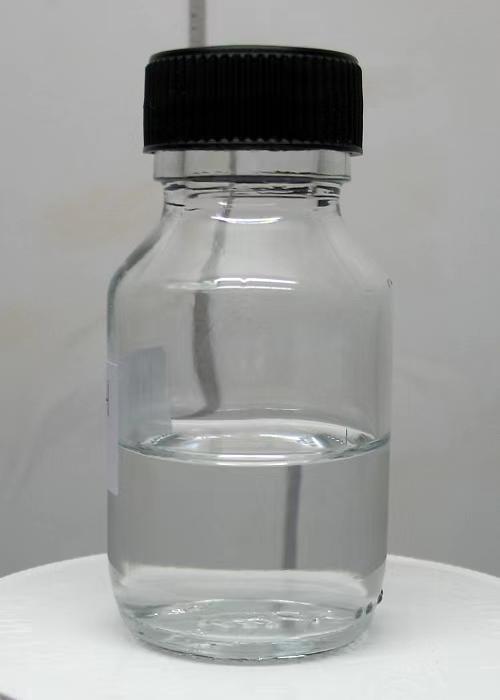



PAM Chemical Applications in Water Treatment Processes and Benefits
PAM Chemical for Water Treatment An Overview
Water is an essential resource that sustains life and supports various industries. However, with increasing pollution levels and contaminants in our water sources, effective water treatment has become a critical necessity. One significant chemical used in the water treatment process is Polyacrylamide (PAM). This article provides an in-depth look at PAM, its applications, benefits, and considerations in water treatment.
What is PAM?
Polyacrylamide (PAM) is a synthetic polymer made from acrylamide monomers and can be found in either a powder or emulsion form. Due to its superabsorbent characteristics and ability to flocculate, PAM has gained immense popularity in various applications, particularly in wastewater treatment, soil conditioning, and enhanced oil recovery.
In the context of water treatment, PAM functions primarily as a flocculant – a substance that promotes the clumping together of particles suspended in water. This is crucial for the removal of impurities, solid particles, and suspended matter, thus enhancing water quality and ensuring that it meets safety standards for human consumption and environmental discharge.
Applications of PAM in Water Treatment
1. Wastewater Treatment One of the primary applications of PAM is in the treatment of municipal and industrial wastewater. By facilitating the aggregation of solid particles into larger clusters, PAM accelerates the sedimentation process in clarifiers. This process reduces the total suspended solids (TSS) and facilitates the removal of contaminants such as heavy metals, biological matter, and other harmful pollutants.
2. Sludge Dewatering PAM is highly effective in sludge dewatering applications, where it aids in the separation of water from solid waste. In this way, facilities can minimize the volume of sludge produced and reduce disposal costs, while also recovering valuable resources.
3. Drinking Water Treatment PAM can be applied in the treatment of drinking water, helping to remove impurities and improve clarity. Its ability to assist in the coagulation and flocculation processes ensures that water is safe and clean for human consumption.
4. Agricultural Runoff Treatment In agricultural settings, PAM can help in reducing soil erosion and controlling runoff. By improving soil structure, PAM retains moisture and reduces the leaching of fertilizers into water bodies, providing an additional layer of environmental protection.
Benefits of Using PAM
pam chemical for water treatment

The use of PAM in water treatment processes presents numerous advantages
- Efficiency PAM enhances the efficiency of sedimentation, which significantly reduces the time required for treatment processes compared to traditional methods.
- Cost-Effective By improving the efficiency of water treatment operations, PAM reduces overall operational costs related to energy, chemicals, and labor.
- Versatility PAM is compatible with various types of wastewater and can be tailored to meet specific needs, providing flexibility in treatment applications.
- Environmental Impact By improving water quality and promoting better efficiency in treatment processes, PAM contributes to environmental sustainability.
Considerations and Safety
Despite its many benefits, the use of PAM is not without concerns. Acrylamide, a component of PAM, is classified as a potential neurotoxin and carcinogen. Therefore, it is imperative for industries and treatment facilities to adhere strictly to safety regulations and guidelines when using PAM. Proper handling, application, and disposal methods should be implemented to mitigate any risks associated with acrylamide.
Moreover, it is crucial for operators and facility managers to conduct regular monitoring of PAM-treated water to ensure compliance with regulatory standards and maintain public health safety.
Conclusion
Polyacrylamide (PAM) is a key chemical in modern water treatment processes, offering efficiency and effectiveness in the removal of contaminants from water. Its wide-ranging applications, from wastewater treatment to agricultural runoff control, highlight its versatility and importance in addressing the challenges posed by water pollution. However, responsible handling and stringent safety measures must be prioritized to prevent potential risks. As we continue to strive for cleaner water sources, PAM serves as an indispensable tool in our fight against water contamination and in the promotion of sustainable water practices.
-
Why Sodium Persulfate Is Everywhere NowNewsJul.07,2025
-
Why Polyacrylamide Is in High DemandNewsJul.07,2025
-
Understanding Paint Chemicals and Their ApplicationsNewsJul.07,2025
-
Smart Use Of Mining ChemicalsNewsJul.07,2025
-
Practical Uses of Potassium MonopersulfateNewsJul.07,2025
-
Agrochemicals In Real FarmingNewsJul.07,2025
-
Sodium Chlorite Hot UsesNewsJul.01,2025










